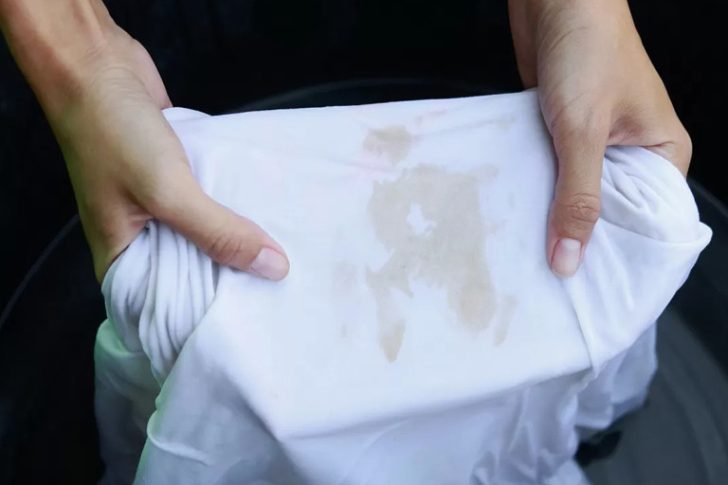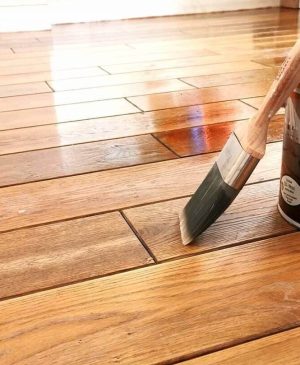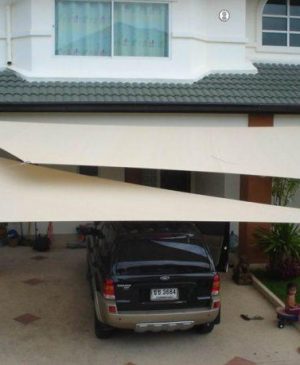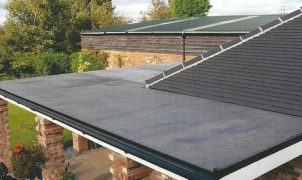A clean, well-maintained home does more than just improve the aesthetic appeal of your space. It enhances the overall atmosphere, reduces allergens, and fosters a sense of well-being. However, over time, stains and grime can accumulate, making your home feel less inviting and more cluttered. While regular cleaning is important, sometimes a deeper, more thorough clean is required to maintain the freshness of your home. This is where stain removal and deep cleaning come in.
Stain removal, in particular, can seem like a daunting task, especially when faced with stubborn spills or accidents. However, with the right techniques and tools, even the most challenging stains can be eliminated. Meanwhile, deep cleaning involves going beyond surface-level dusting and wiping, tackling areas that often get neglected in regular cleaning routines. Whether you’re preparing for guests or simply want to rejuvenate your home, learning how to effectively remove stains and perform a deep clean can significantly improve the quality of your living environment.
1. Understanding the Importance of Stain Removal
Stains are one of the most persistent enemies of a clean home. They can be caused by a variety of sources, from spilled food and drink to pet accidents or ink marks. Regardless of their origin, stains not only mar the beauty of your furniture and fabrics but can also lead to long-term damage if left untreated. The longer a stain sits, the harder it is to remove, so prompt action is crucial.
The key to effective stain removal is identifying the type of stain you’re dealing with and using the appropriate method to treat it. The right solution can make a world of difference in maintaining the longevity of your furnishings, whether it’s your upholstery, carpets, or linens.
Common Types of Stains and Their Removal Techniques
-
Food and Drink Stains: Coffee, wine, and greasy food are notorious for staining fabrics and surfaces. To remove food stains, start by blotting (not rubbing) the area with a clean cloth to absorb as much liquid as possible. For coffee or wine stains on carpets, a mixture of dish soap, vinegar, and water can help lift the stain. In some cases, applying a paste of baking soda and water can also work wonders.
-
Ink Stains: Ink stains, especially from pens, can be tricky, but they’re not impossible to treat. Alcohol-based solutions such as rubbing alcohol or hairspray can help break down the ink. Dab the stained area gently with a cloth soaked in the alcohol, and then blot with a clean cloth. Repeat the process until the stain fades. Be sure to test the alcohol on an inconspicuous area first to avoid damage to the fabric.
-
Pet Stains: Pets, especially those that are not fully house-trained, can leave behind odors and stains that are difficult to remove. To clean up after a pet accident, it’s important to act quickly. Use an enzymatic cleaner designed specifically for pet stains, which breaks down the proteins in the stain. Alternatively, a mixture of water, white vinegar, and baking soda can work effectively as a natural cleaner. Always ensure the area is completely dried to prevent lingering odors.
-
Grease and Oil Stains: These stains are common in kitchens and can seep deep into fabric fibers. Blot the stain with a paper towel to remove excess grease, then sprinkle baking soda or cornstarch over the stain. Let it sit for at least 15 minutes to absorb the oil before vacuuming it up. Follow with a mild dish detergent solution and scrub gently to lift the stain.
-
Blood Stains: Blood stains can be particularly challenging, but they are most effective when treated immediately. For fresh blood stains, rinse the fabric with cold water to prevent the stain from setting. If the stain persists, soak the fabric in cold water with a small amount of salt or hydrogen peroxide, then wash it as usual.
2. Deep Cleaning: The Power of Thoroughness
While stain removal focuses on specific blemishes, deep cleaning is about rejuvenating your entire home by addressing the often-overlooked areas that accumulate dust, dirt, and grime over time. These areas are usually not part of a regular cleaning routine, and as such, they can harbor allergens, bacteria, and unpleasant odors.
Key Areas to Focus on During a Deep Clean
-
Carpets and Rugs: Even if you vacuum regularly, carpets can still trap dust, allergens, and deep-set stains. Consider renting a carpet cleaner or hiring a professional service to steam-clean your carpets at least once a year. This deep clean will remove embedded dirt and bacteria, giving your carpets a fresh, like-new look and feel. If you have area rugs, don’t forget to clean the backs as well, as dust and grime accumulate there too.
-
Upholstery and Furniture: Your furniture, particularly fabric-covered couches and chairs, can accumulate dust, pet hair, and even food particles. To deep clean upholstery, use an upholstery attachment on your vacuum to remove loose dirt and debris. For stubborn stains, spot clean with a fabric cleaner or a mixture of water and dish soap. If you have leather furniture, wipe it down with a damp cloth and a few drops of mild soap, followed by a leather conditioner to keep it supple.
-
Kitchen Appliances: The kitchen is a high-traffic area and is often the source of stubborn grease and food buildup. Deep cleaning your kitchen appliances—such as the refrigerator, oven, and microwave—helps ensure they run efficiently and stay hygienic. For the oven, a baking soda paste can help loosen grease and grime. For the refrigerator, pull out shelves and drawers to give them a thorough wash with warm soapy water, and wipe down the interior with a vinegar solution.
-
Bathrooms: The bathroom is a prime candidate for deep cleaning due to the buildup of soap scum, hard water stains, and grime. Focus on scrubbing the grout lines with a mixture of baking soda and water, as well as cleaning the shower or tub with a specialized cleaner. Don’t forget to sanitize light switches, handles, and other high-touch areas. For mirrors, use a vinegar-water solution for a streak-free shine.
-
Windows and Blinds: Over time, windows and blinds accumulate dust, smudges, and grime that can dull your home’s natural light. Clean windows by using a squeegee and a mixture of water and dish soap. For blinds, use a microfiber cloth to wipe each slat, or dust them off with a specialized duster.
-
Air Vents and Ceiling Fans: Dusty air vents and ceiling fans can contribute to poor indoor air quality and aggravate allergies. Turn off the HVAC system, and use a vacuum with a brush attachment to clean the vents. For ceiling fans, use a microfiber cloth or a pillowcase to gently wipe down the blades, trapping the dust inside the fabric to prevent it from falling onto the floor.
3. The Benefits of Stain Removal and Deep Cleaning
Incorporating both stain removal and deep cleaning into your regular maintenance routine offers several significant benefits. Not only will your home look cleaner and more inviting, but it will also feel fresher and more comfortable. Proper stain removal helps preserve the integrity of your furniture, carpets, and fabrics, while deep cleaning reduces allergens and ensures that every corner of your home is hygienic.
Additionally, a deep clean can help extend the life of your home’s furniture and surfaces. Stains that are left untreated can set in and become permanent, while a thorough deep clean helps prevent damage caused by dirt and grime buildup. By staying on top of these tasks, you can enjoy a home that feels and smells fresh, free from the accumulated clutter of dirt and stains.
Conclusion
Cleaning is more than just a necessity; it’s a way of maintaining the comfort, safety, and longevity of your home. By incorporating effective stain removal techniques and committing to a thorough deep clean, you can ensure that your living space remains both beautiful and functional. While stain removal tackles immediate messes, deep cleaning addresses the overlooked areas that require periodic attention. With regular effort, you’ll transform your home into a more organized, inviting, and hygienic environment, allowing you to fully enjoy the space you’ve created.


















